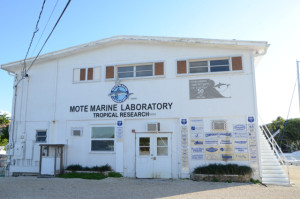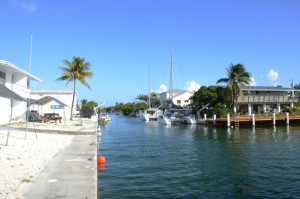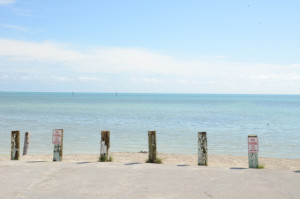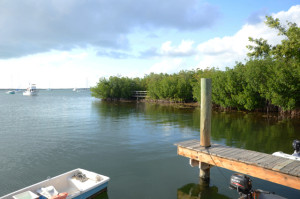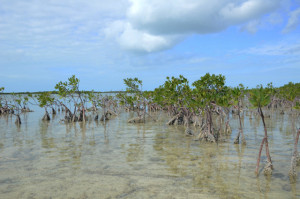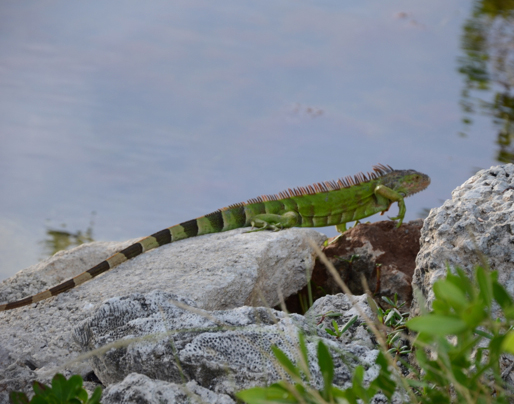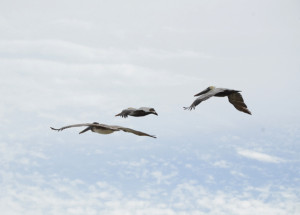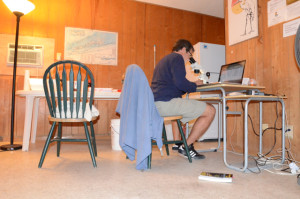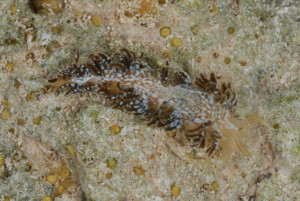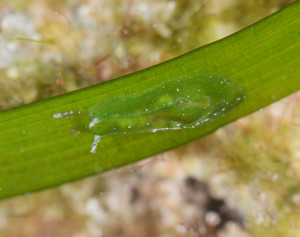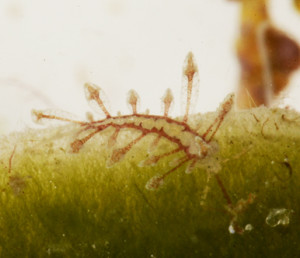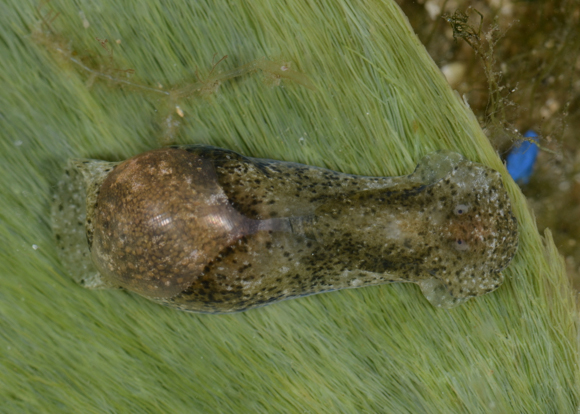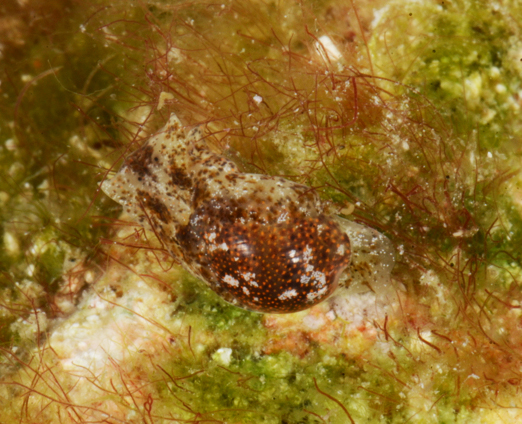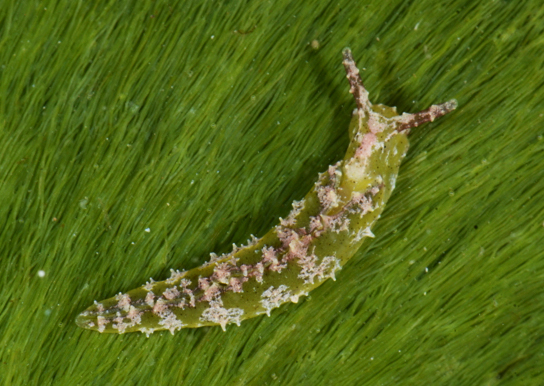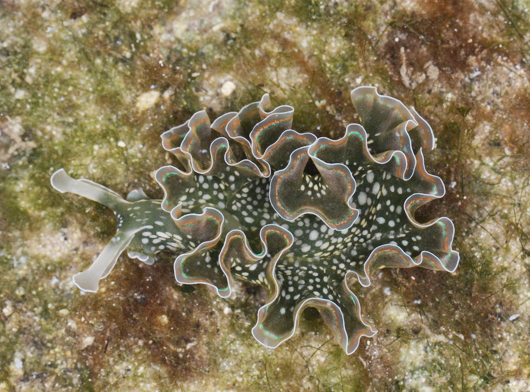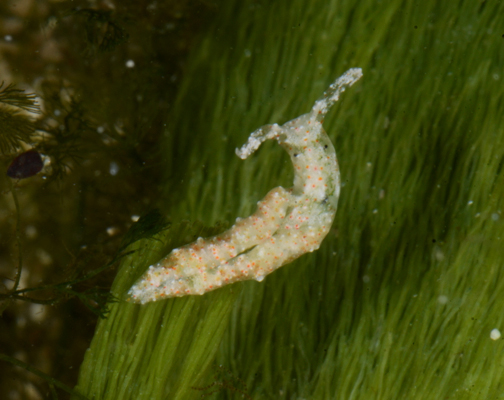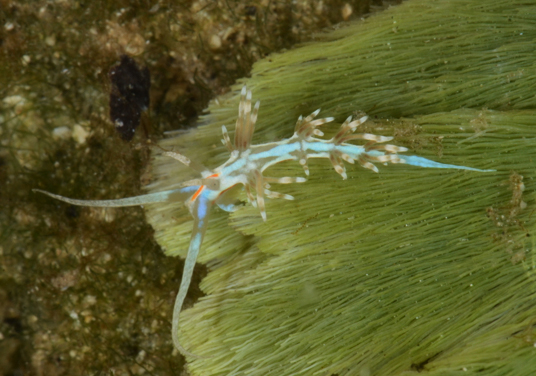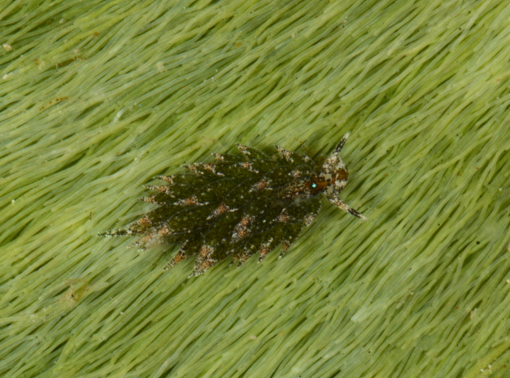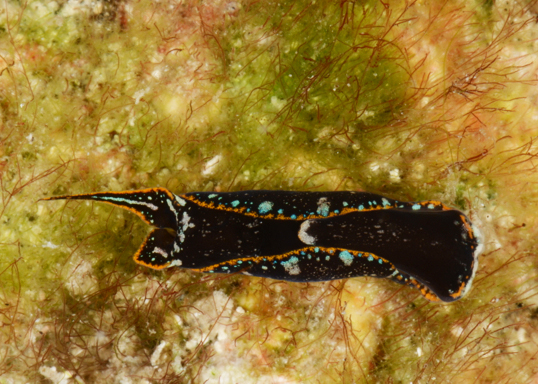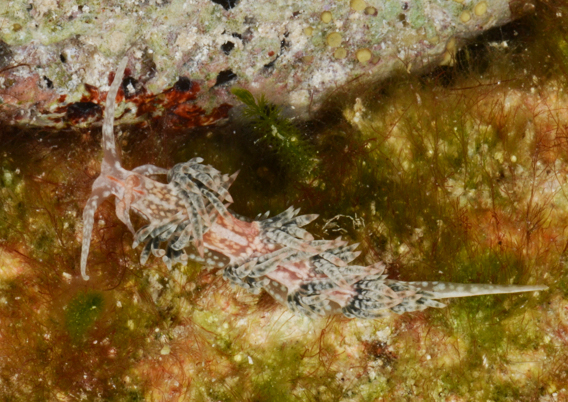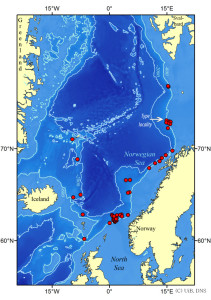The tropical western Atlantic and in particular the Caribbean is the second most diverse marine region in the World only outnumbered in species by the Indo-West Pacific. The processes that lead to this richness are not fully understood, but the diversity of habitats, the network of islands and cays, the uplift of the Isthmus of Panama, and the various periods of transient allopatry caused by sea level changes during the Plio-Pleistocene epochs have most likely played a role.
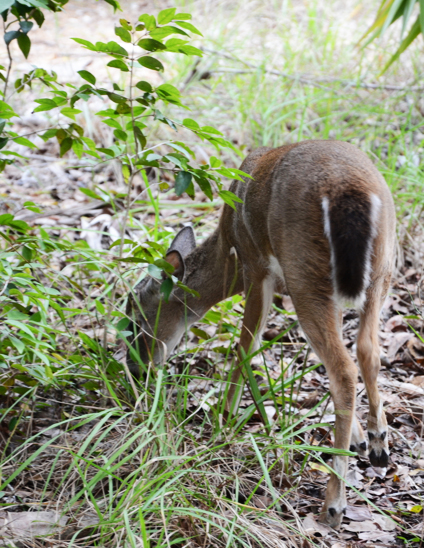
A Key deer (Odocoileus virginianus clavium). An endemic subspecies of the American white-tailed deer
At the Section for Natural History at the University Museum of Bergen we are investigating the causes and timing of marine diversification in the Caribbean using as model a cryptic species complex of a gastropod (the Bulla occidentalis species-complex). This project led us previously to sample in places like Brazil, Venezuela, Guadeloupe, Panama, the Bahamas, and Bermuda and benefited from samples from many other places collected and kindly provided by several colleagues.
A preliminary molecular phylogenetic analysis of the data have yielded intriguing results with specimens from the Florida Keys depicting an unexpected level of isolation hardly sharing any haplotypes with “conspecifics” from close by neighboring areas like the Florida Peninsula and Cuba. Nevertheless, the reduced number of specimens that we had available from the Florida Keys hampered any sound testing of this trend. Therefore, a fieldtrip to the Keys was organized between the 7–16 January 2015 in order to collect additional specimens from the local representative of the Bulla occidentalis species-complex.
The Florida Keys are an arc-shaped coral archipelago located off the southern coast of Florida, dividing the Atlantic Ocean to the east from the Gulf of Mexico to the west. The Keys form the southernmost portion of the continental United States; they begin at the southeastern coast of the Florida peninsula, about 24 km south of Miami, and extend in a arc to Key West, the southernmost of the inhabited islands, and on to the uninhabited Dry Tortugas, just 140 km from Cuba.
The base for the all operation was set at Mote Marine Tropical Laboratory in Summerland Key near the southern tip of the Keys. Pleasant accommodation with sea views, a lab equipped with microscopes and seawater on the tap, plus my little red Mazda rented at the Miami airport (by the way… for a week it became the smallest car to ride the roads of the Keys!) were the ingredients to what turn into a very successful fieldtrip.
The Keys stretch over 150 km and a great amount of time was spent finding and exploring good sampling sites. Those varied from mangrove areas with seagrass beds, sandy beaches with patches of seagrass and clumps of coral, to areas densely vegetated by mangroves, algae and seagrass. At the end two populations of Bulla occidentalis were found plus many other spectacular sea slugs. This material is now housed in our systematic collections and will help unraveling the “entrails” that underlie marine speciation and biogeography in the tropical western Atlantic.

